OPINION: “Boone sucks, tell your friends”
October 8, 2021
There has even been a recent trend among students to take action in response to the issue of overcrowding in Boone. The phrase “Boone Sucks, Tell Your Friends” has become popular with students. There are stickers and even an Instagram page for this trend. The thought is that Boone is better with fewer people, so current students want prospective students to think Boone sucks, so they won’t come and we can enjoy it for ourselves.
It’s hard not to notice how cramped campus has been for students lately. Buses are packed and the walkways are crowded. It is easy to get the impression that this year’s freshman class, the largest in App State’s history, is too big. With consecutive record-breaking years of first-year class sizes, we may be fast approaching a student population that is too large for campus. The sudden surge in freshmen may have derailed the steady, healthy growth App State has seen over 10 years.
One potential reason the administration increased numbers was to increase funding during COVID-19. There was no state budget the year COVID-19 struck, so finding new funding sources during the crisis was difficult. Two years later, and there was no budget passed by the state legislature. Increasing the freshman class during the sustained pandemic is a safe way to increase funding and prevent layoffs. The university is able to raise more money, which is critical to combat the issues presented by COVID-19.
Another possible reason for the increase is Chancellor Sheri Everts’ priority to “increasing the diversity of our student, faculty and staff populations.” Increasing the population of diversity groups among students would be to increase the overall student population.
Much of App State and Boone’s charm comes from the small town feeling. It is a state university but can simulate the feel of a smaller college due to the unique rural setting. The administration clearly understands the small college feeling here is one of their biggest appeals, and they want to preserve it.
The university has grown over 20% in the last decade, both in population and size. Campus has historically done a good job of increasing its size along with the population to prevent crowding. The average class size has actually gone down from 28 students to 25 students, while the faculty and staff to student ratio remains at 1:16.
However, it doesn’t help the situation that many of the support facilities available for students are short staffed. There has been a community bus driver shortage causing buses to feel crowded and cramped. Additionally, Campus Dining is struggling to find enough staff, causing long lines at the few dining options open.
If the university campus continues to grow the increasing Mountaineer population, this issue will likely be temporary. For example, the university is in the middle of a new dorm construction project, which will be finished by next fall. It is difficult to know if the overcrowding is a temporary issue, caused by COVID-19 and other circumstances, or something here to stay for those living and taking classes on campus. The administration will have to make it a big priority to meet the needs of the larger population post-COVID-19.
Overall, this may all just be the product of bad planning during the pandemic. Much of the “crowding” is a direct impact of COVID-19. It is also worth considering that many of the students have not experienced what campus is supposed to feel like. Whether that is the pre-pandemic football games, concerts or classrooms. Even the dining halls have not returned to normal since the pandemic started, with several dining options still not re-opened.
I am a campus tour guide and have witnessed this firsthand. Being a first-year during COVID-19, I heard all about how the campus was before COVID-19. I would give tours to a mostly empty campus last year. Once students came back in full this August, I noticed how crowded it felt.
All the current sophomores have only experienced campus during a pandemic, which should not be the benchmark for normality. They went from experiencing a mostly empty campus last year to a circumstantially overcrowded campus. I am among them, and it is hard to tell if the feeling of a crowded campus is how it was, or a new normal.
We will have to wait and see if crowding is one of the unfortunate temporary effects of the pandemic or a more long-term issue for App State. The final resident hall being complete next fall may help with some of the housing issues, while reopening dining options will decrease the lines. However, App State may continue the trend of inviting increasingly larger freshman classes, in which case, this is an issue likely to never go away.


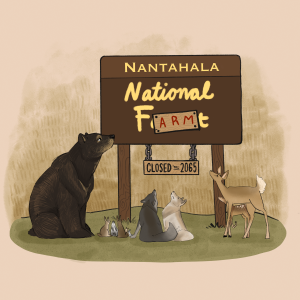

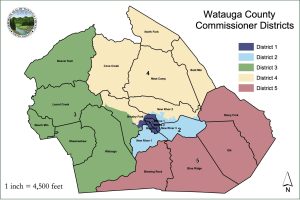

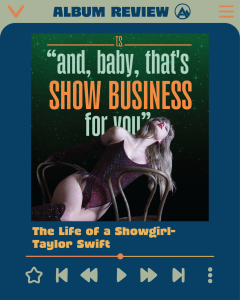
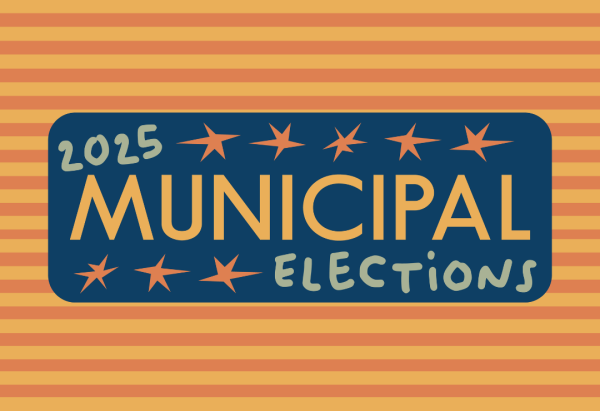
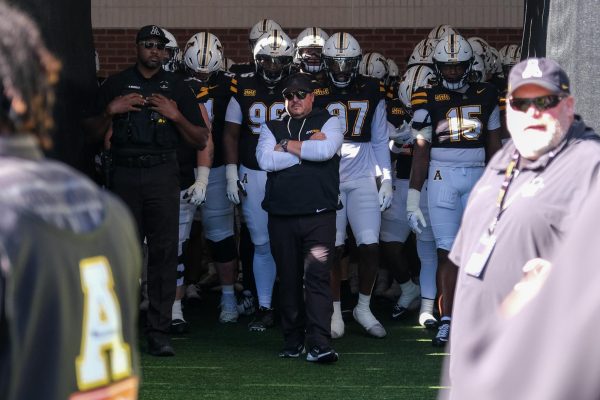

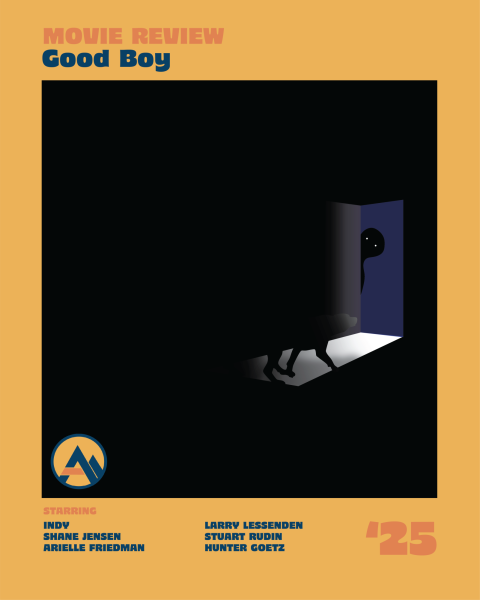
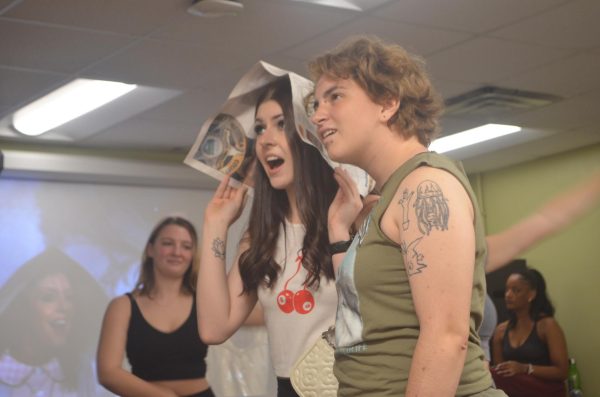

Jennifer • Oct 20, 2021 at 12:38 pm
Well said. Most of the locals feel the same way.
Adam • Oct 20, 2021 at 7:48 am
Unfortunately that Boone Sucks movement might just pique the curiosity of people who’ve not considered coming to Boone. If it’s worth a bumper sticker movement to extol its abhorrent qualities then it must be worth a visit.
Kalan • Oct 20, 2021 at 7:22 am
I was a second semester freshman when COVID first hit and I’m now a junior it wasn’t as overcrowded before. It was slightly overcrowded but we had places to spread out to, especially when it came to food options. It’s honestly sad that this is only the third full semester I’ve actually spent on campus. I am glad to see that Sanford mall is actually being used again, it was honestly eerie not seeing a bunch of people using it the last couple of years.
Teri • Oct 10, 2021 at 2:22 pm
My children went there. The issue began when the football team beat Michigan. Where’s Ann Arbor signs went up, and ASU became popular. The State Budget was passed by the NCGA months ago. Cooper has yet to sign it.